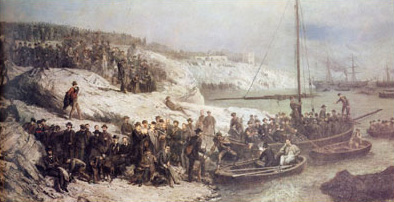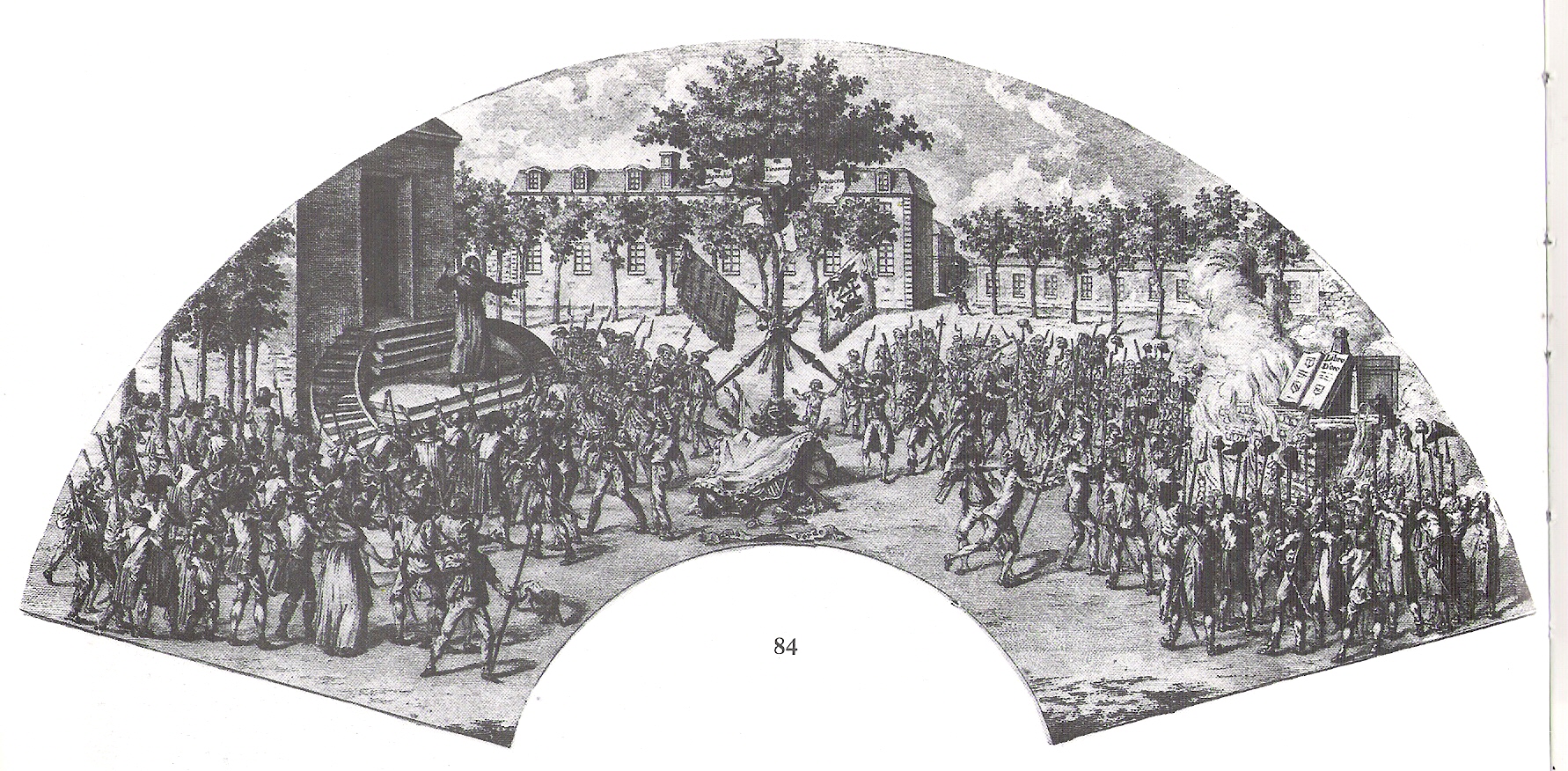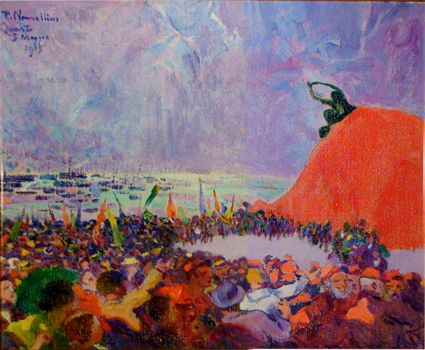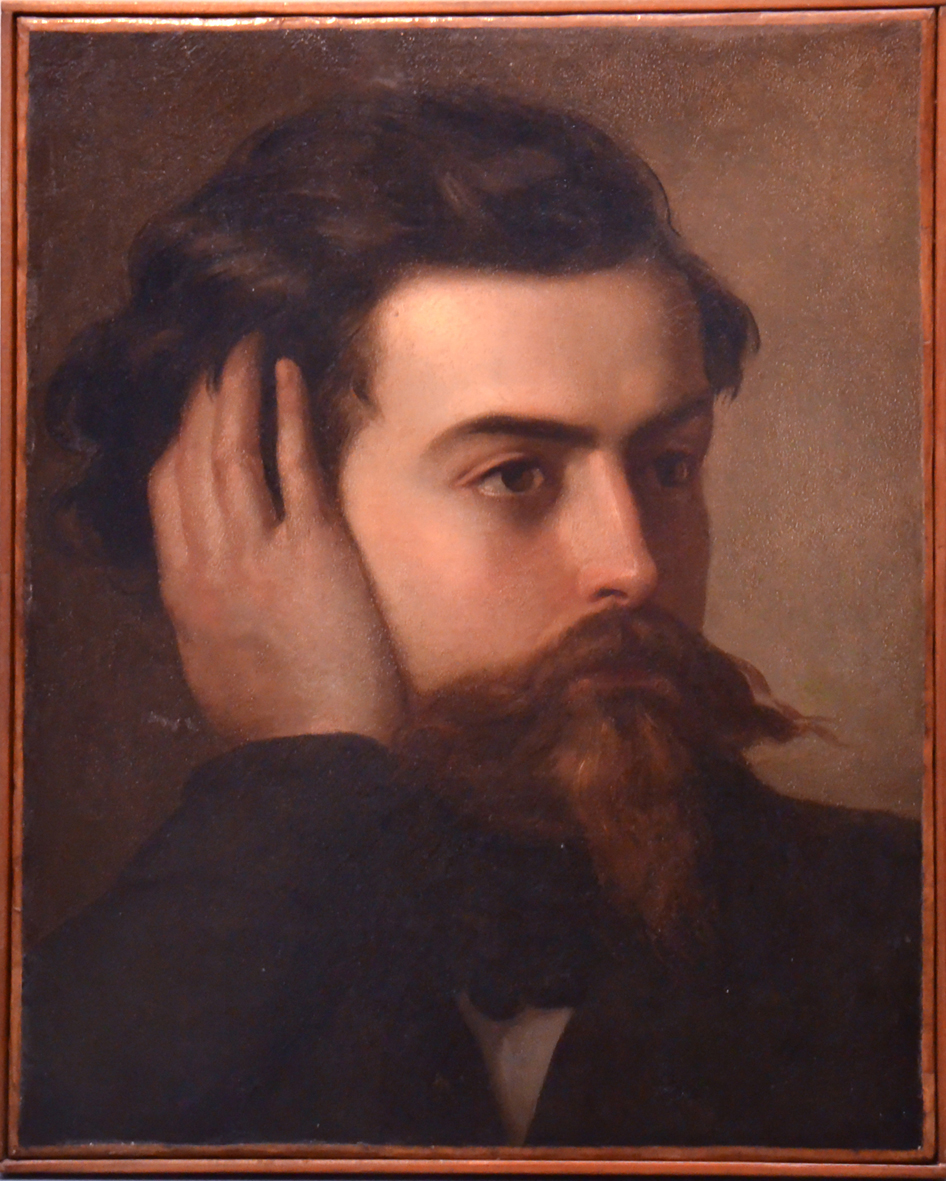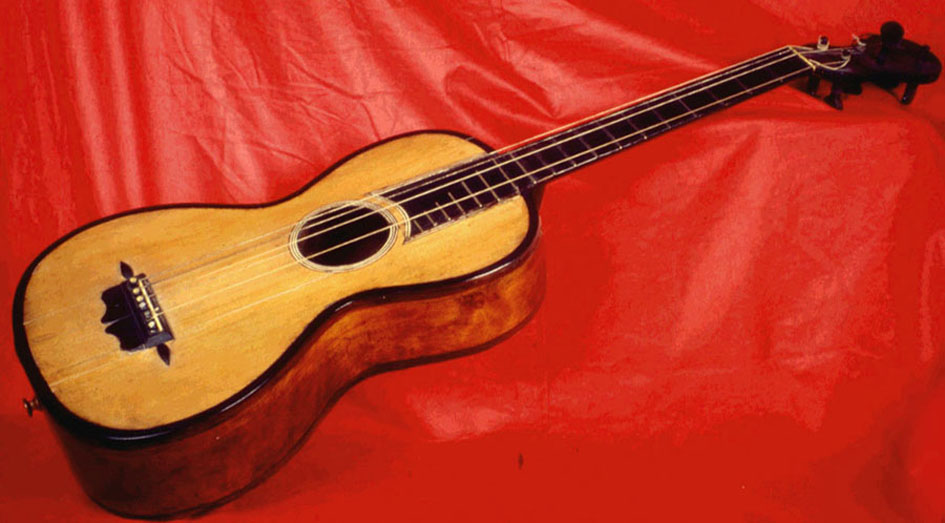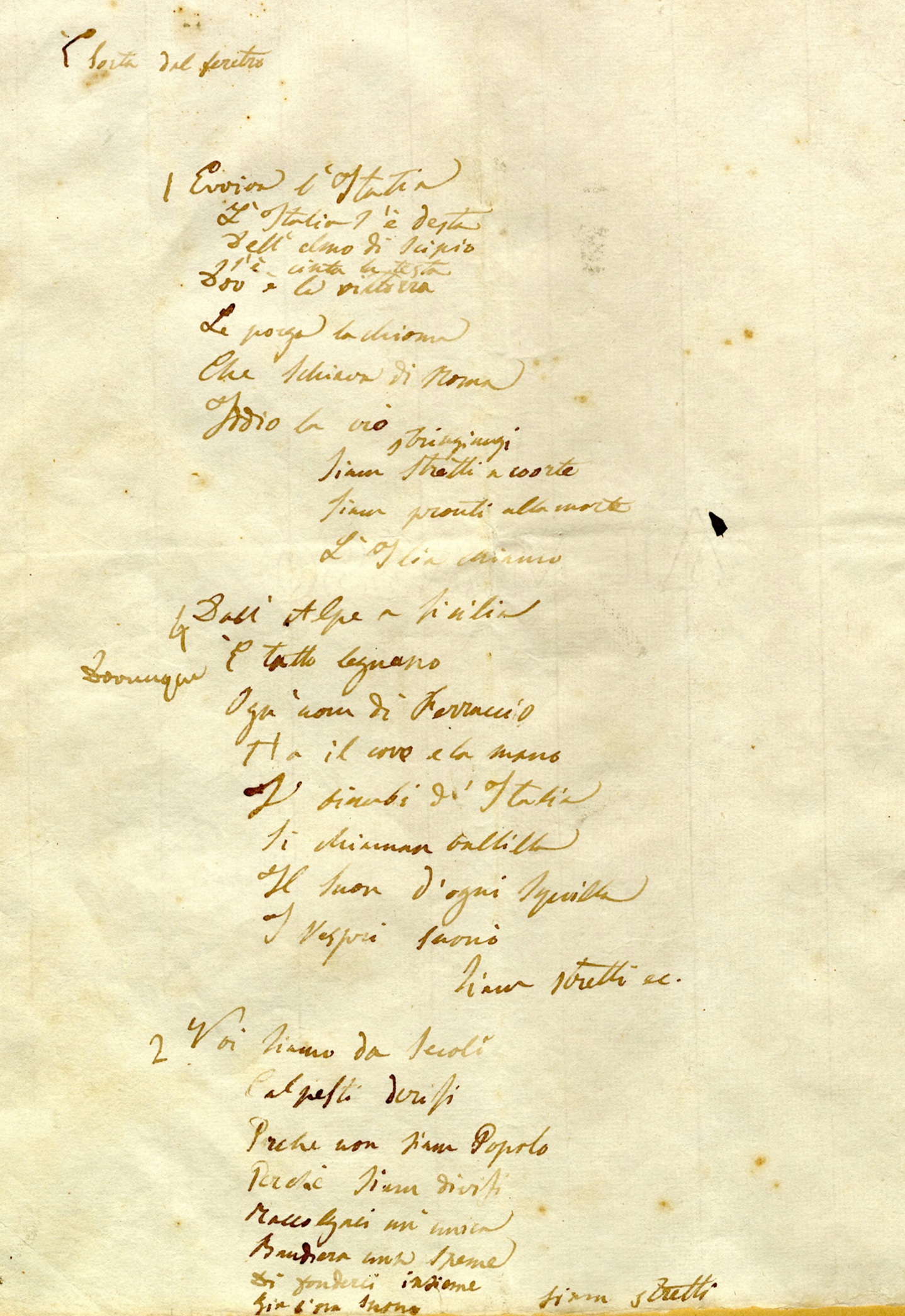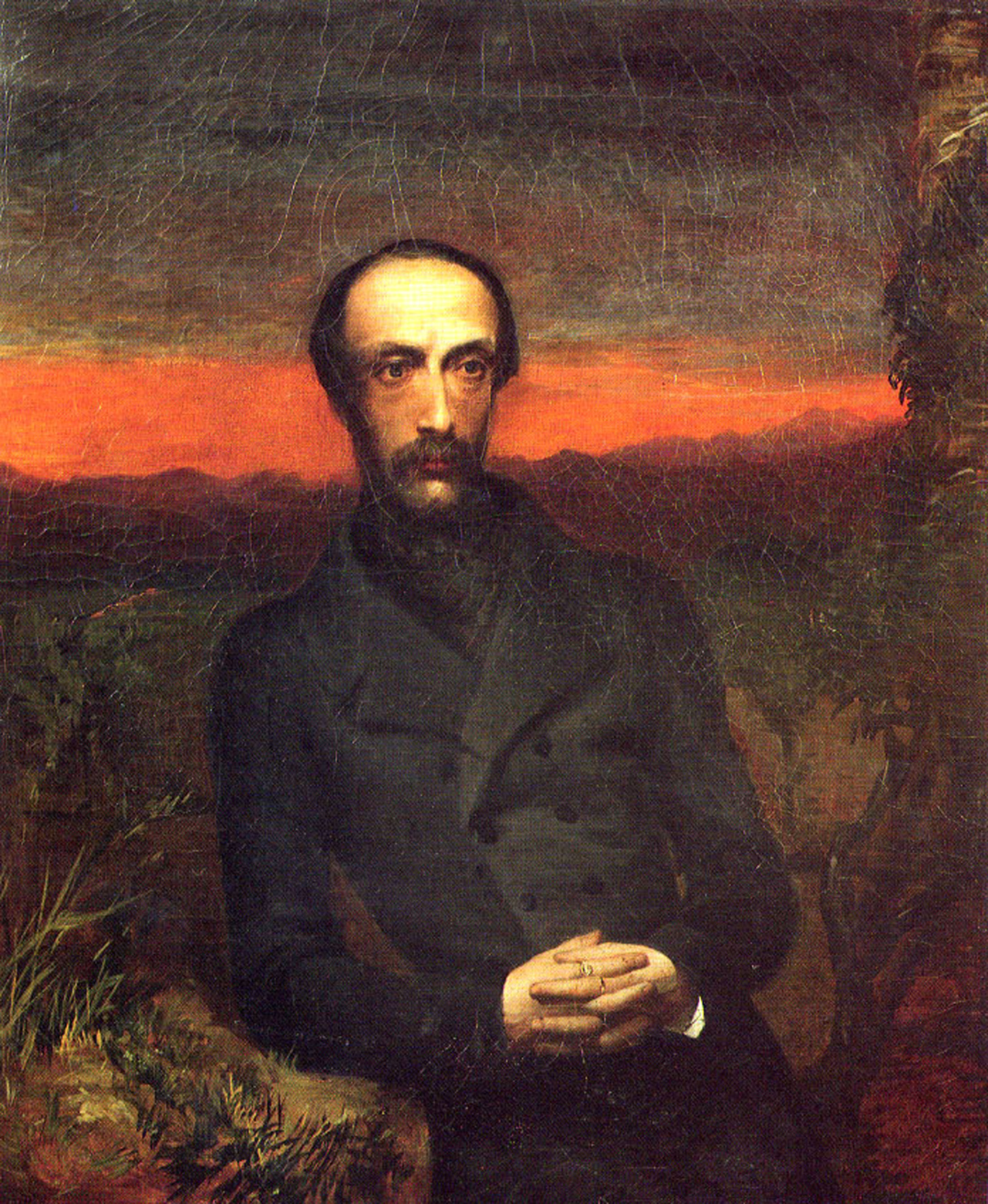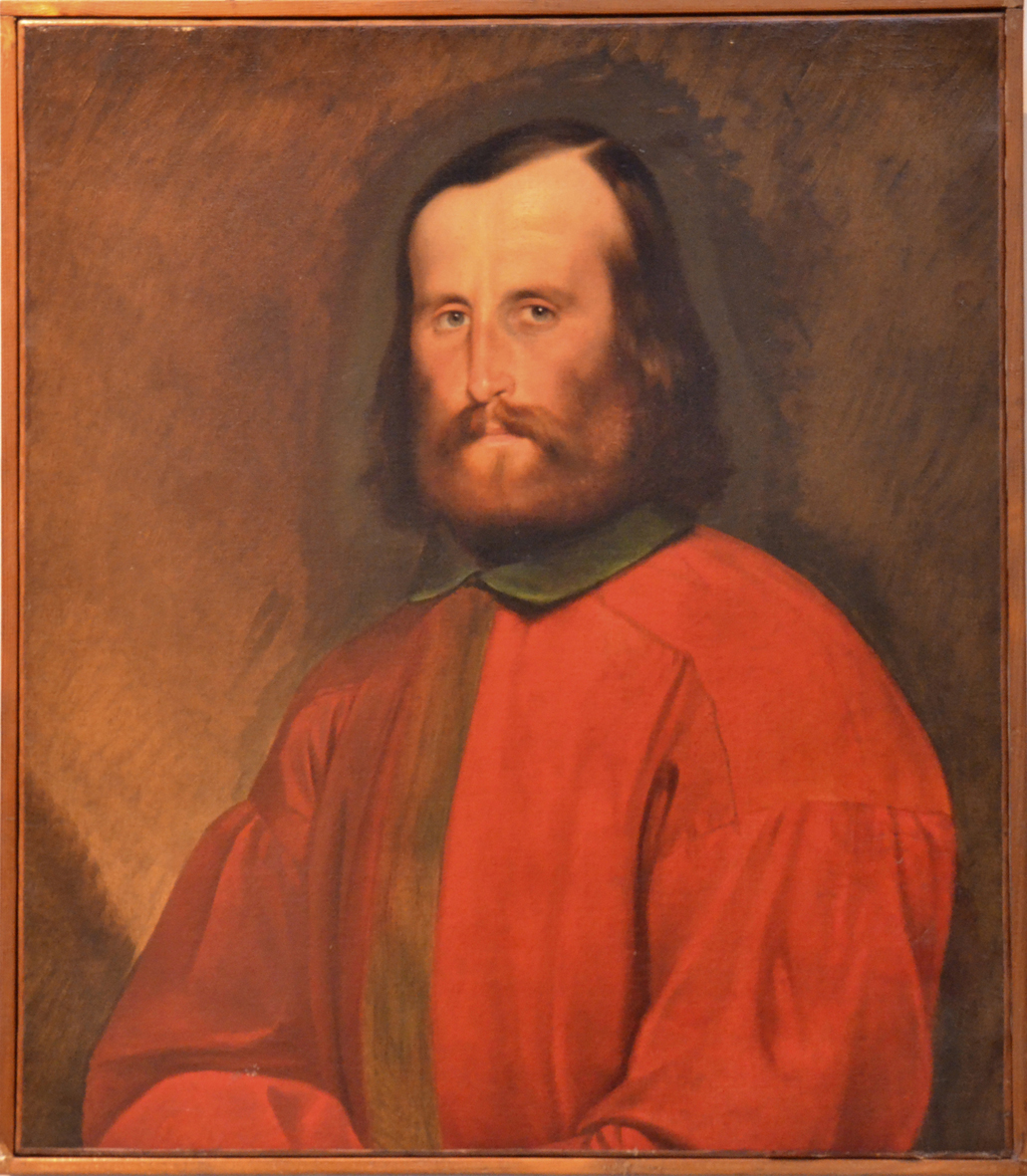
Click here to view image
Giuseppe Garibaldi
Leone Carlini 1933 - acquisto
Gallino, Gaetano
painting
1848 - 1848 - XIX
17
Unità di misura: cm; Altezza: 73.3; Larghezza: 64
olio su tela
Gaetano Gallino, Genoese, exiled as a supporter of Mazzini, met Garibaldi in 1841 in Uruguay and fought under his command in the Italian Legion in Montevideo and, in 1848, on hearing of the revolutionary uprisings, returned with him to Italy. Here, the Hero of Two Worlds is portrayed wearing the legendary red shirt, which he adopted for the first time in 1843 as the uniform of his volunteers of the Italian Legion. Portrait of Giuseppe Garibaldi in a red shirt.

